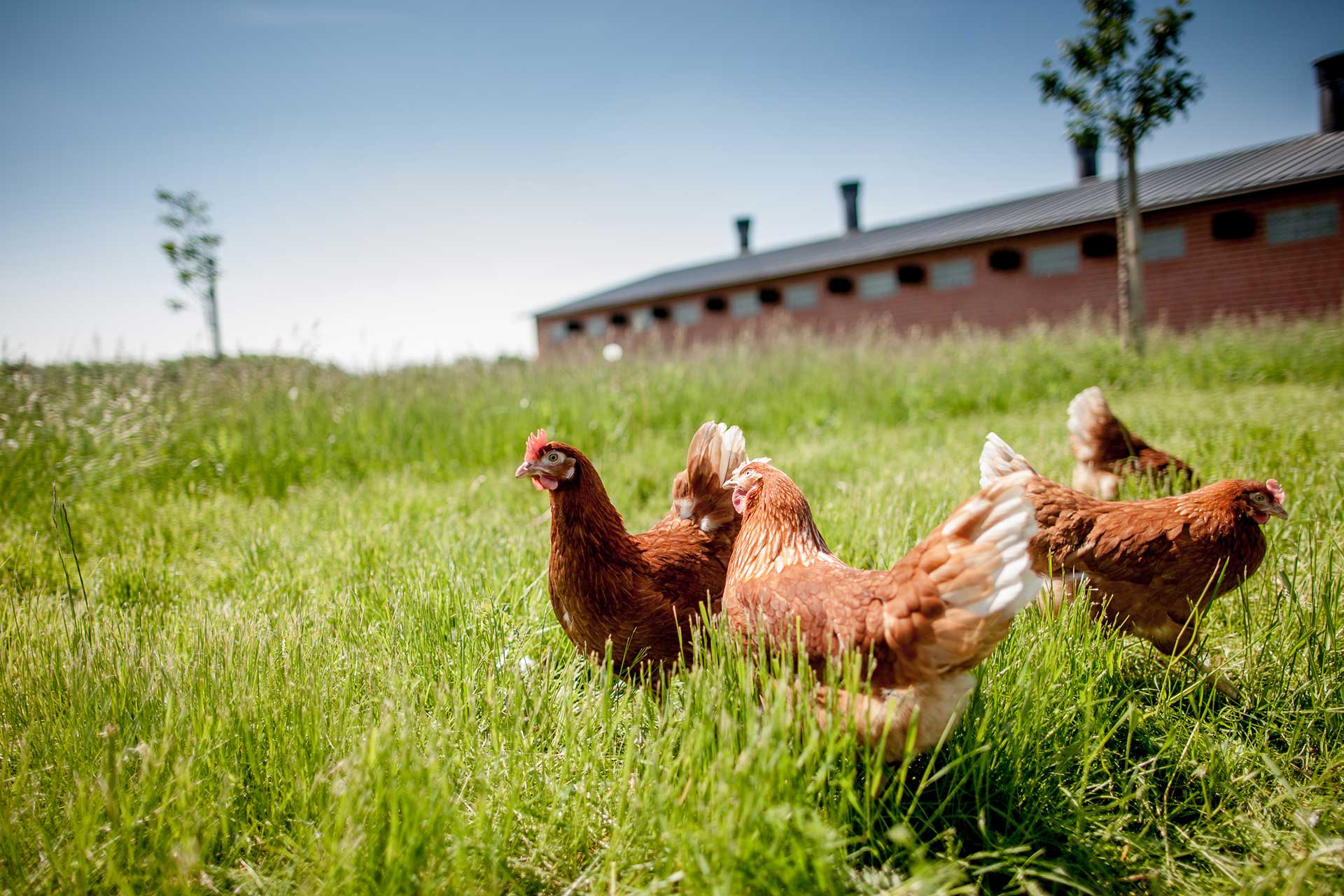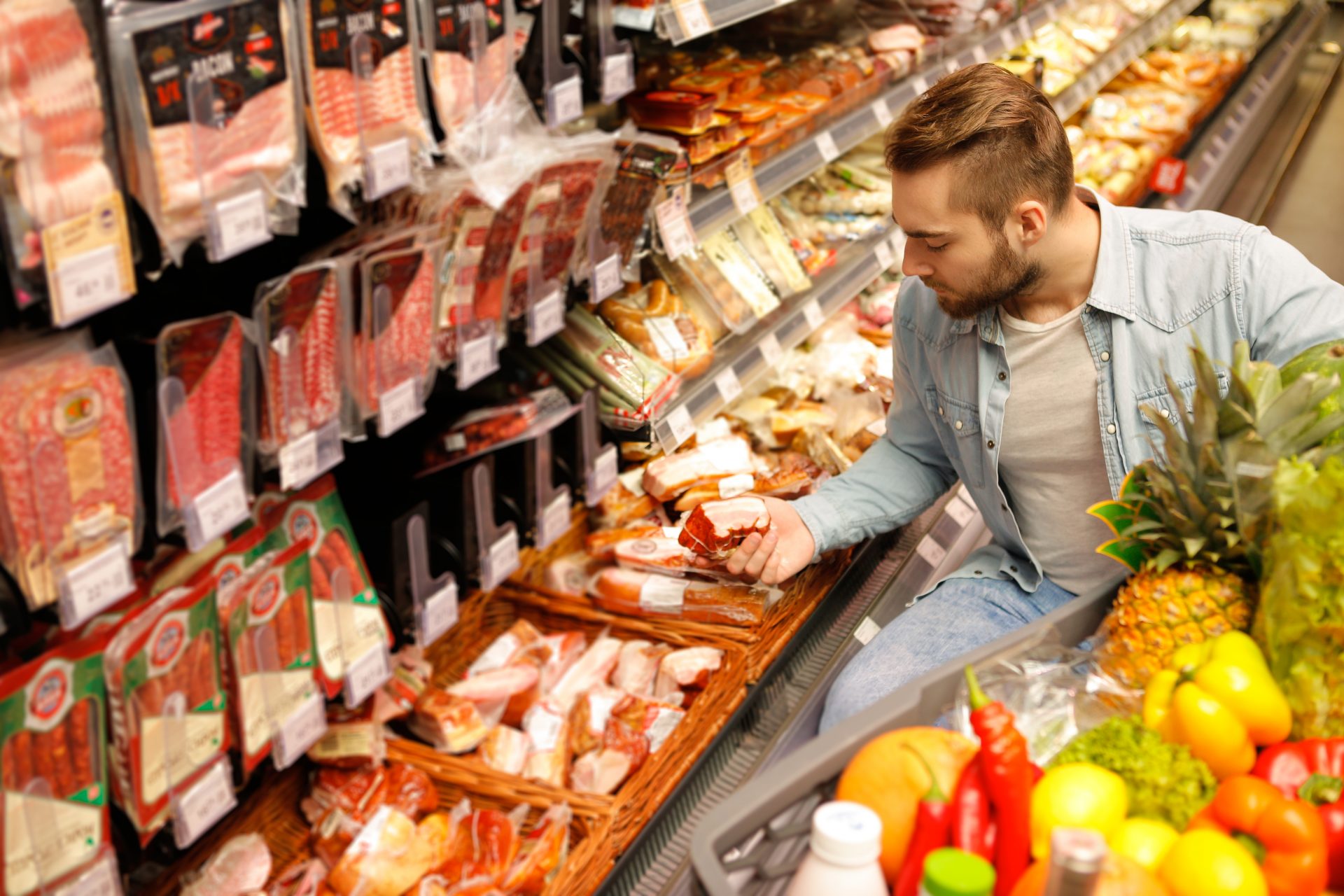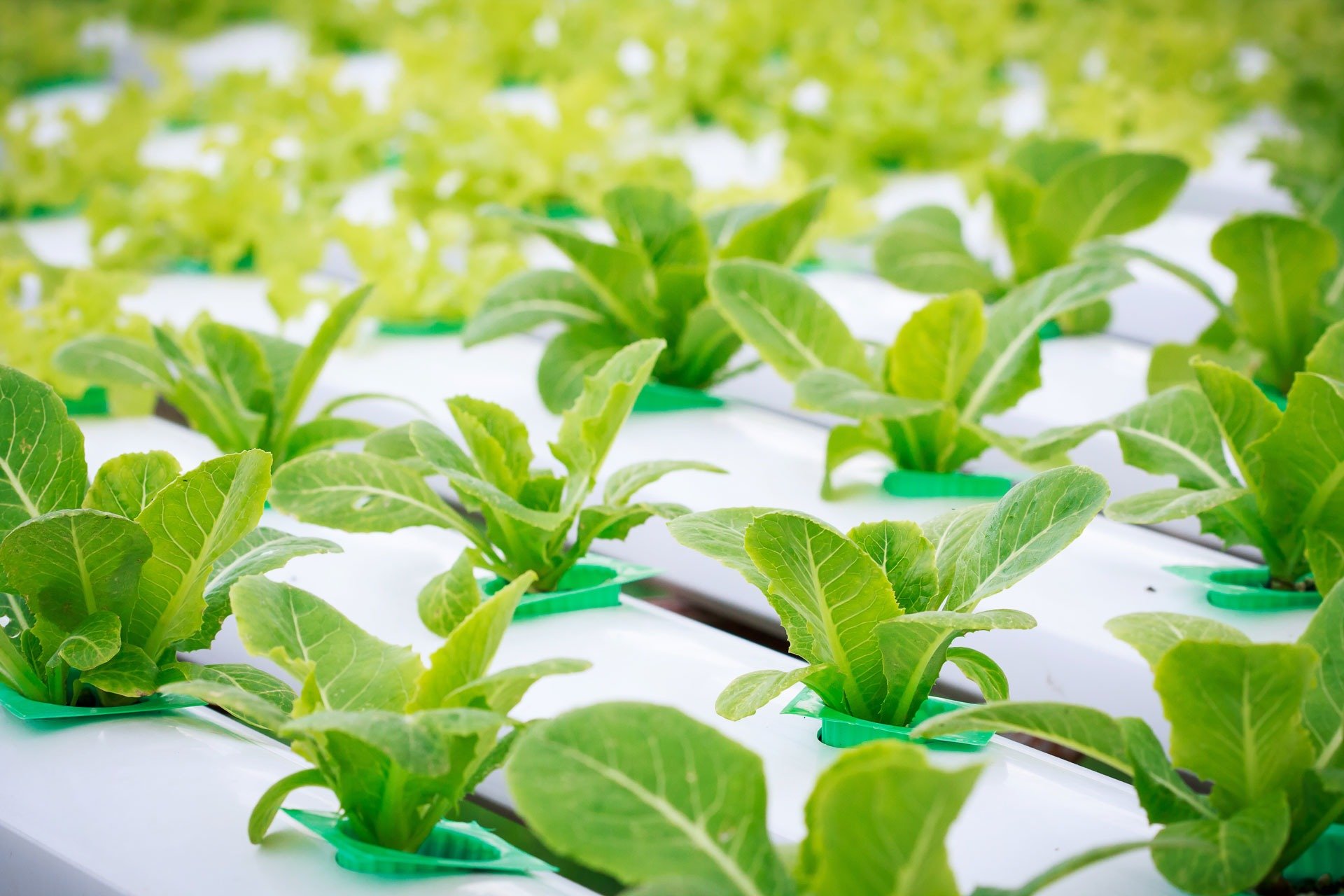Efforts to Strengthen the USDA Organic Standard Pick Up Steam
It’s been nearly two decades since the rules for The United States Department of Agriculture (USDA) certified organic production were finalized. Over those years, the organic food movement — rooted in the belief that farming should improve soil and human health and primarily made up of small farms and companies — has evolved and expanded in many ways. Organic food sales increased to over $56 billion in the US in 2020, compared to $25 billion a decade ago, and at least a portion of the industry’s recent growth is attributable to mainstream companies like Tyson and Walmart jumping into the space.
As demand and potential for profits have grown, farmer and advocacy groups have launched various efforts to strengthen the integrity of the seal, to reduce both outright fraud and a watering down or “industrialization” of the standards by a very small but powerful set of actors. Under President Trump, their progress was mostly halted and in some cases reversed.
Now, the tone in Washington D.C. may be shifting. “We are working hard to protect the [organic] brand and to expand a number of issues and opportunities for the organic industry,” Secretary Vilsack told Organic Trade Association (OTA) members at the organization’s annual meeting in June. “We think it is…a very important part of the industry that will help us to a much better, climate-friendly agriculture.”
Attention to the connection between climate change and agriculture is one element that is driving policy interest in organic, as is increasing consumer awareness around animal welfare issues. On that front, also in June, Vilsack’s USDA announced it would be revisiting a set of rules that would close what advocates see as loopholes in the standard that have allowed larger organic egg and beef operations to keep their animals primarily confined inside while still qualifying for organic certification. “Consumers expect that chickens are outside under an organic system. They expect the animals are treated well,” said Abby Youngblood, executive director of the National Organic Coalition (NOC). “Having that rule in place is so important for trust in the organic seal, and it’s very clear that the organic community is unified in wanting to have high standards for animal welfare under the organic label.”
Still, while Youngblood and other organic insiders expressed optimism around the possibility of progress under the Biden administration, all said there’s a long way to go before they’ll know if the USDA will make good on its promises. Others in the organic community say that the recent announcements have been weaker than they expected and that if the agency does not commit to more aggressive timelines on changes, things may just swing back in the other direction in coming years.
That unknown future is one reason OTA is looking further ahead, said CEO and executive director Laura Batcha. OTA and other groups are prioritizing action on issues like the animal welfare rule, but they also want deeper reform that will change how accountable USDA’s National Organic Program is to farmers and other industry representatives over the long-term. “Even with Secretary Vilsack’s commitment, maybe he’ll get one or two things done in the first term of the Biden administration,” Batcha said. “But we’re looking at not only a backlog of things, but big aspirational things that this industry wants for organic. And those standards are the…foundation of the barn. Everything else rests on that.”
Can the Organic Standard Regulate How Farmed Animals Live?
Organic farmers and organizations disagree on many fronts, but almost all believe it’s very important for the USDA to finalize and enforce the Organic Livestock and Poultry Practices rules, also commonly referred to as the “animal welfare rules.”
The rules are meant to close loopholes that have allowed massive egg producers to build small covered porches on otherwise industrial-scale confinement barns to satisfy organic certification’s standard for “outdoor access”, and large organic dairy operations to keep their cows mostly confined indoors. While the vast majority of organic farmers provide true outdoor access, the few producers who skirt the rules are big enough to hold significant market share and can charge lower prices, making it difficult for everyone else to compete.
During the Obama administration, Vilsack presided over a long process to advance the rules, which went through many iterations and were finalized just before his second term ended. As soon as Trump’s USDA took over, it threw out the rules, arguing that based on the agency’s interpretation of the law, the National Organic Program only has the ability to regulate animal feed, not how animals are housed.
Both OTA and NOC sued USDA over the decision, and the two lawsuits are still ongoing. Now, Vilsack has announced his USDA will reconsider that interpretation and will move a new set of rules forward within six to nine months. But that will merely kick off the long, arduous process of rulemaking, and many people are disappointed Vilsack didn’t simply reinstate the old rules.
Dave Chapman is a Vermont organic tomato farmer and co-founder of the Real Organic Project (ROP), a label created to showcase farms that say they are living up to the true spirit of the organic standard. “I thought what would happen is that he would say, ‘Of course, we’re just going to make that happen. We’ve already done everything,’” he said, addressing a recent event where Vilsack spoke to ROP members. “Actually, what he said is ‘We’re gonna have to start over again at square one.’ That was extremely bad news. I don’t have a crystal ball and perhaps he will make good on it, but certainly it’s going to be excruciatingly slow.”
That’s one reason OTA is not dropping its lawsuit in response to USDA’s announcement, even though Batcha said they were encouraged by the action. At its normal pace, the rulemaking could stretch into a future administration, and the old rule involved more than a decade of work.
“It was a good rule…and they don’t need to redraft it,” she said. In addition, OTA doesn’t want a new rule to be put in place without resolving the idea that the organic standard cannot include animal welfare considerations like living conditions. “It’s just an off-the-wall interpretation of the Organic Foods Production Act, and that interpretation is out there and has not been resolved in the courts,” she said.
Another update regarding livestock is the finalizing of a rule called Origin of Livestock that would fix a loophole that has allowed large dairy farms to continuously bring in new cows that were not raised according to the organic standards, again bringing down costs and making it harder for operations that are carefully managing herds to compete. In May, USDA reopened the comment period with the intention of moving it forward again, after two previous attempts to get it to the finish line failed. “If they push forward, they should be able to finalize it this year,” said Kate Mendenhall, director of the Organic Farmers Association (OFA), which submitted comments with sign-on from 90 other organizations. “So there’s a lot of support for fixing this.”
Cracking Down on Organic Fraud
Another issue that garners almost universal support among organic farmers, advocates and eaters is cracking down on products that are being fraudulently labeled with the organic seal and sold at cheaper prices. Because the number of farmers growing certified organic grain in the US has not nearly kept pace with the explosion of demand for organic food, the vast majority of organic grain is imported. And reporters and watchdog organizations have discovered large shipments of that grain had been grown with pesticides and simply labeled organic. That grain is generally certified organic by third-party organizations in foreign countries and becomes part of a complex supply chain that can make it hard for regulators to trace back to its original source. In-depth inspections are rare.
The 2018 Farm Bill directed the USDA to address the problem, and the Trump administration completed the first step in writing new rules to combat fraud in 2020. Many organic groups submitted lengthy comments with ideas to make the rule stronger, but all want to see Secretary Vilsack finalize it. “The most important thing is that I think this administration does understand the importance of getting that rule done,” Youngblood said. “It’s really important for us to just keep sending the message that this has to be at the top of the priority list.”
Strengthening the Standard by Supporting Organic Producers
Of course, one reason so much fraudulent grain is coming into the country is a lack of domestic supply, so efforts to grow organic acreage in the US could also help address these issues indirectly.
After the amount of funding in a program that helps new organic farmers cover the costs of certification was slashed last year, Vilsack’s USDA announced it was directing $20 million in pandemic assistance dollars in that direction. And in a USDA press conference at the beginning of June, in response to a question about supporting new and beginning farmers to strengthen the food system, Vilsack mentioned supporting organic transition as one important avenue for allowing farmers to create more viable farm operations.
“We’ve been in conversations with USDA about: How do we incentivize more producers to shift to organic? What does that look like? How do we make that accessible to producers who maybe have been left out in the past?” Youngblood said.
Similarly, fixing infrastructure issues for existing organic farmers is key, too. In Northwest Iowa, OFA’s Mendenhall raises pastured chickens, turkeys and pigs on 17 and a half acres, and since the COVID-19 pandemic disrupted meat processing, she’s been struggling to get her animals slaughtered. Small processors that used to take her business are no longer working with farms as small as hers, and finding a facility with organic certification is even harder. “I was just calling around trying to get dates for next year, and they’re booked,” she said. “So I have now secured dates for 2023, which is outrageous.”
In early July, the USDA announced its putting $500 million into improving small and mid-size meat processing infrastructure, which could help small organic meat producers like Mendenhall over the long-term.
And addressing their challenges and making it easier for farmers like her to compete is connected to creating a stronger, more reliable organic standard, Youngblood said. “Organic farming has always been about farm viability…but in order for that to be possible, we have to have that level playing field,” she said. “It’s a complex issue…but in a lot of cases closing the loopholes relates to the viability of organic operations.”
Creating a Stronger Standard Long-Term
In tackling all of these current challenges, the OTA’s Batcha said it’s important to look to both the past and the future. One of the reasons so many of these issues are unresolved is that the National Organic Program is not functioning in the way it was intended. The National Organic Standards Board was set up to be continuously considering the evolution and integrity of the organic standards. But for more than a decade, most of its recommendations, which are supposed to then be acted on by USDA’s National Organic Program, have just been sitting untouched.
In April, lawmakers in the House introduced the Continuous Improvement and Accountability in Organic Standards Act, which would require USDA to deal with the backlog of recommendations and be on a consistent timeline to move new rules forward as new recommendations are made. Advocates will work to get its components worked into the upcoming 2023 Farm Bill.
Batcha said the bill would go a long way towards making real, long-term change to strengthen the organic standards.
Of course, there are still issues that even organic farmers and advocates disagree on. Chapman and other members of the Real Organic Project, for example, have been most active speaking out against hydroponic fruit and vegetable production being certified as organic, a practice groups like the OTA support. USDA does currently certify hydroponic farms, and a federal judge recently affirmed its ability to do so. Surprisingly, Chapman said Vilsack told ROP members “hydroponics is not a settled issue.”
In the end, he doesn’t expect the current USDA to make the kinds of reforms he thinks are really necessary, but he does believe in its power to do so. “If they started to bust CAFOs [in organic], a lot of things would change. The organic dairy farmers, the real ones, would stop going out of business because the price of organic milk would go up. If they really busted the fraudulent grain imports, then the price of organic grain would go up, and American grain farmers would also stay in business,” he said. “If the USDA would step up and do it, we would be popping the champagne in the streets. It’s not that we want to have an add-on label, we just want to have a label that we all can trust.”
Top photo by FRANK/Adobe Stock.
More Reading
The USDA updated label guidelines to increase transparency — is it enough?
September 12, 2024
Cooking oils and sustainability
July 26, 2024
Fair trade certifications impede worker organizing, according to new report
December 27, 2023
The basics of coffee labeling
October 18, 2023
The Foodprint of Tea
April 4, 2023
The Basics of Fair Trade Labels
February 13, 2023
How Hormel Exploited Confusion Over the Natural Label
January 23, 2023
Grocery Supply Chains: Understanding Why Eggs Cost What They Cost
January 3, 2023
Making Sense of Regenerative Labels
July 6, 2022
5 Things You Should Know Before Buying A Chocolate Bar
October 26, 2021




